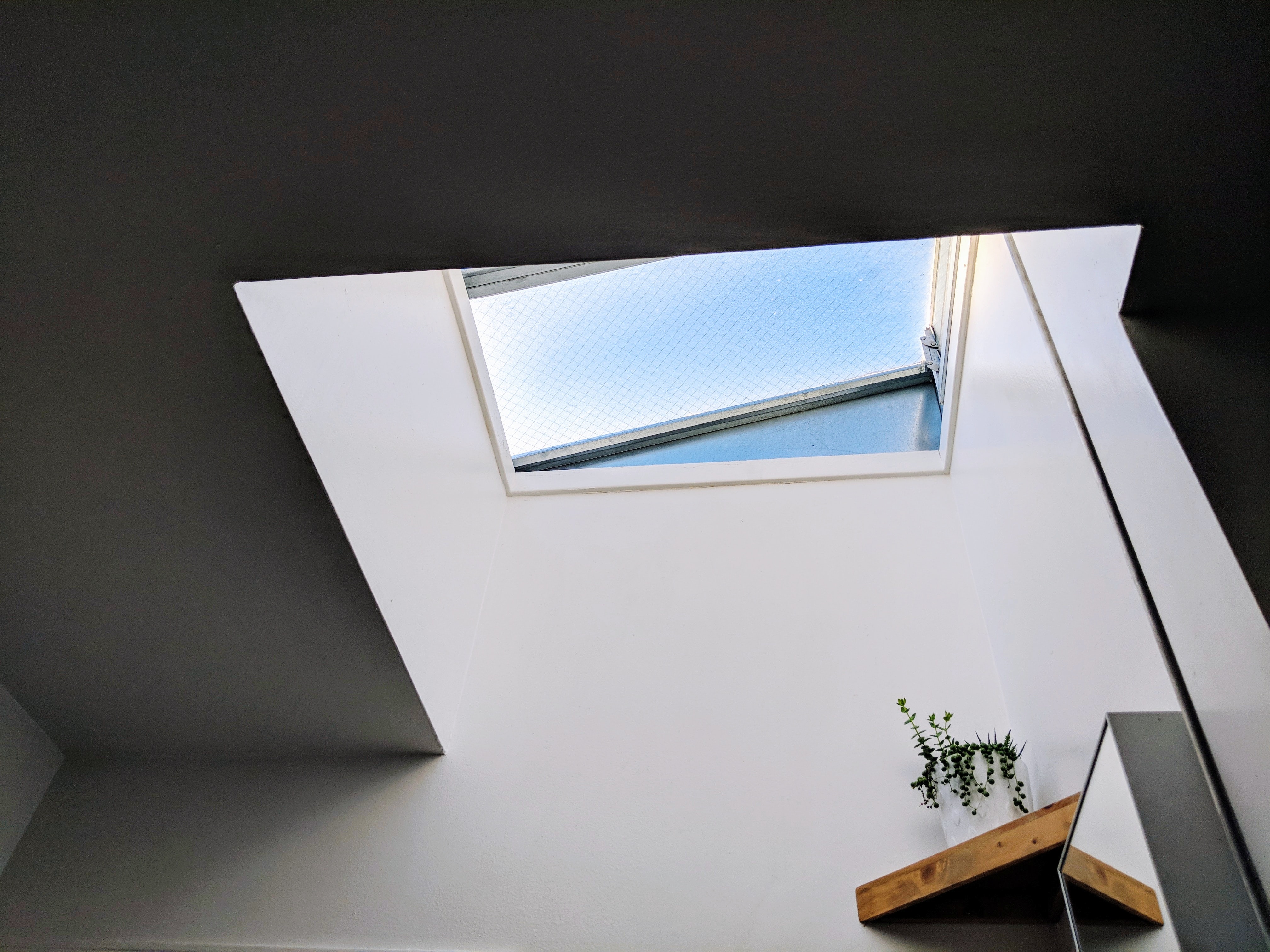Daylighting and lighting
Daylight and connection to the outdoor climate in the context of a resource-efficient world are of great importance for energy efficiency and human comfort, health, and performance. Therefore, research daylight and appropriate integration of lighting is a strategically important priority in the Section for Indoor Climate.

Among other things, the researchers are investigating how to optimize the design of daylight in buildings and reduce the energy consumption of lighting without compromising human visual and biological (non-visual) needs. Our knowledge of the light spectral distribution and regulation of the circadian rhythm, mood, and productivity is advancing. Still, it has not been fully addressed to define adequate lighting for humans and its impact alongside other indoor environment parameters. Therefore, research into the interplay between light, the spectral distribution of light, and the other domains of the indoor climate (indoor thermal climate, air quality and noise) is highly valued.
Research efforts
Our research focuses on understanding human needs for light in terms of visual and non-visual effects. We expect to identify the effects and response patterns of exposure to spectral and optical properties of indoor environment. This includes investigating diversity of human subjective, cognitive, and physiological responses in an interactive approach to light and other indoor environment parameters, namely thermal conditions and acoustic properties. For example, visual connection to the indoor and outdoor environment through façade has driven a series of research to look into human spectral exposure and performance. We explore energy-efficient facade design and systems for daylight performance in real and virtual spaces and in simulation. We are also developing a testbed with state-of-the-art equipment to explore further human visual and non-visual exposure to the indoor environment. Our work includes measurements in climate chambers, user-assessment experiments, field studies, and dynamic building simulations.
Cooperative partners
We work closely with the architects, computational design experts, consulting engineers, and the glass, facade system, and lighting industry. We keep close contact with the international network of researchers in the field. On the educational side, we are partnered with Sweden, Poland, and Italy to promote research and educational developments in the research field.
Use in practice
Control systems can use our digitalization frameworks, tools, and software development in early design stages, architects, consulting engineers, and authorities. Our research results support national and international technical reports and building recommendations. Our research is the backbone of knowledge, tools, and systems to improve the indoor environment quality towards higher comfort, health, and productivity and optimized building energy performance.